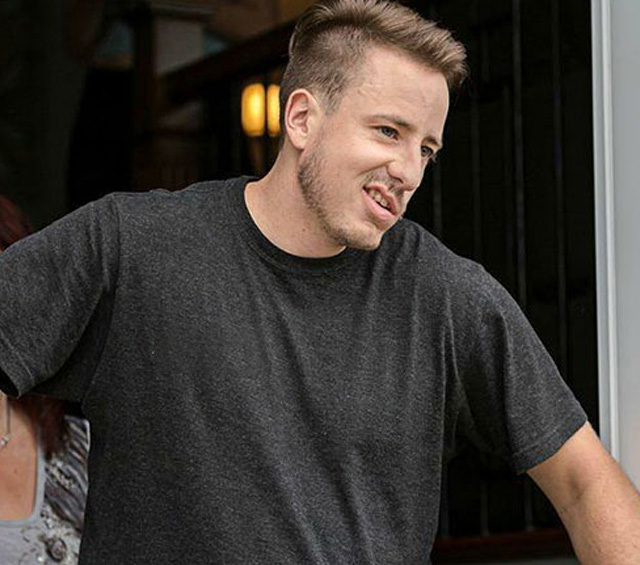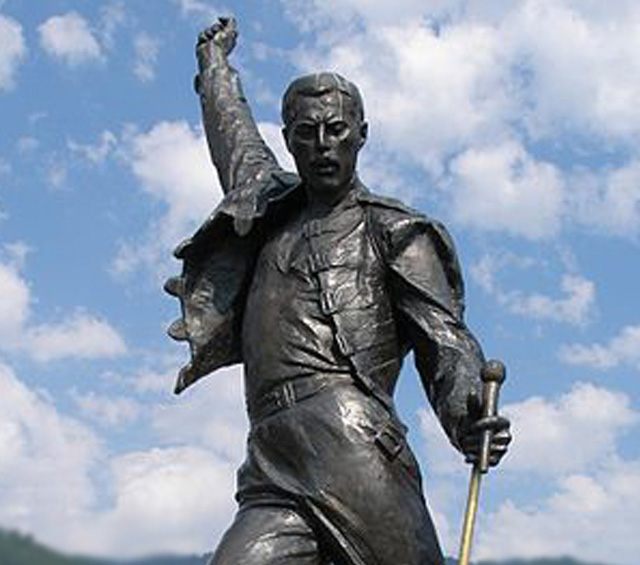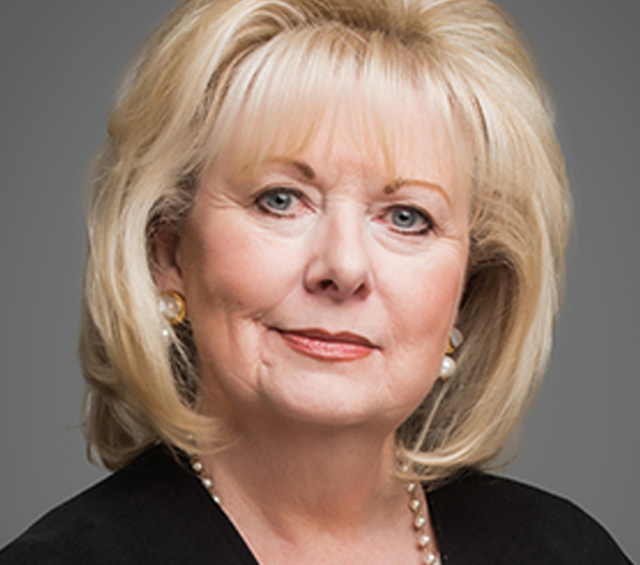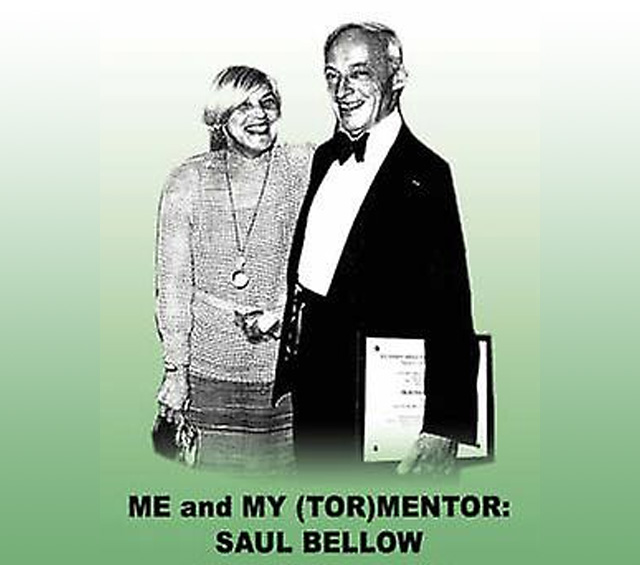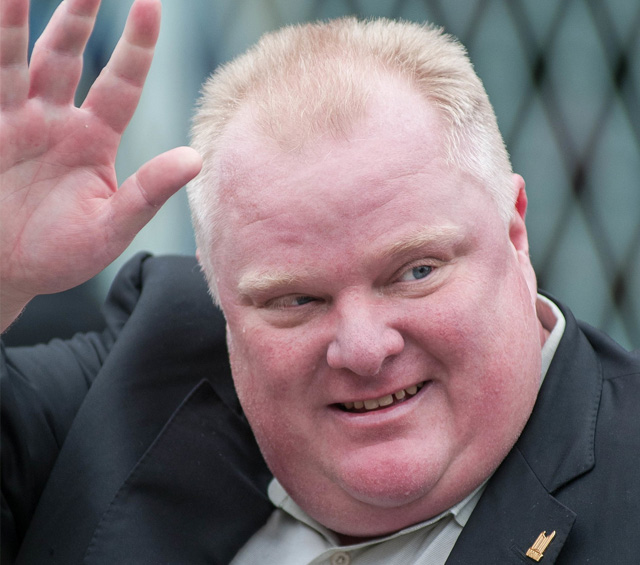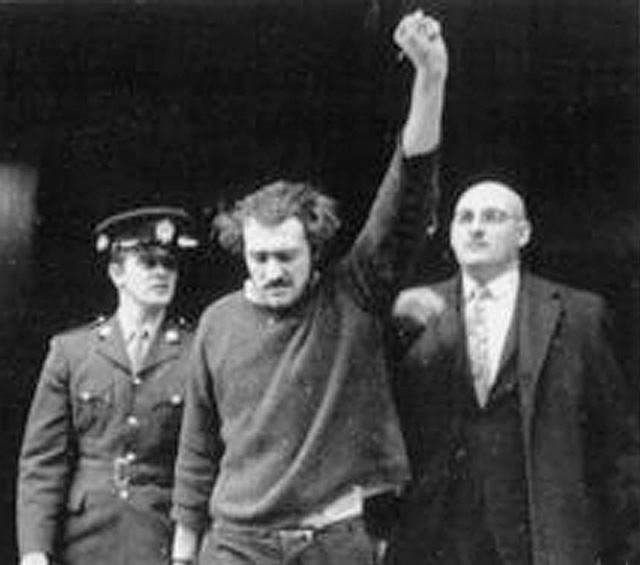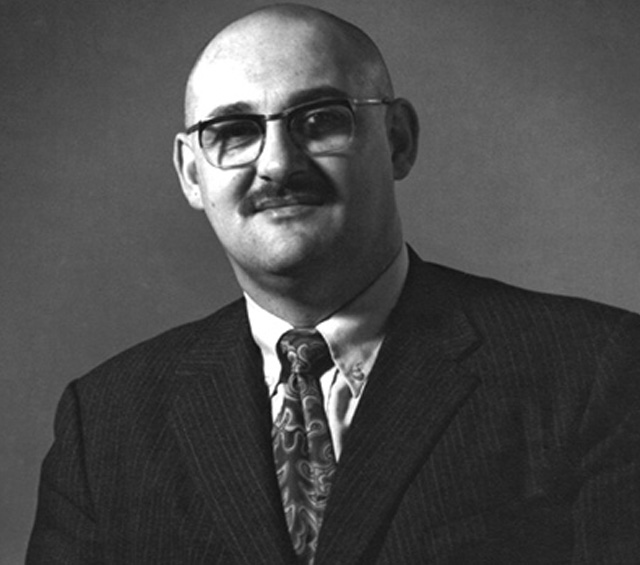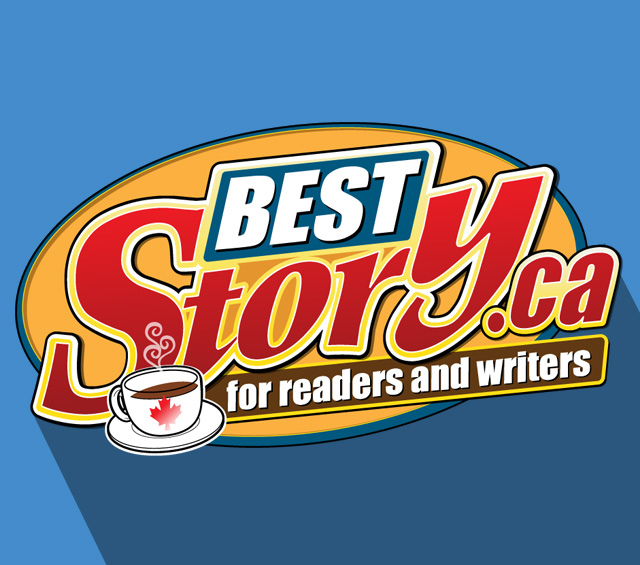The story behind stories
Notes From The Editor
This is the section of our website where Editor Warren Perley sometimes adds background material to provide context to some of the stories written by our contributors. It may involve an explanation of how or why a story was written or it may be background material about our writers and the people they are writing about.
Occasionally, Warren’s notes have nothing to do with any of the stories we posted; instead, they may encapsulate some of his thoughts or comments about events happening in the lives of our readers and writers – call it “social commentary”, if you will.
The main criteria for appearing in Notes from The Editor is to inform, stimulate, and entertain our readers who are welcome to communicate with us any ideas they might have about an article or with suggestions for future literary contributions.
Readers and writers can send Warren an email here.
Warren's Top 10 stories
READ MORE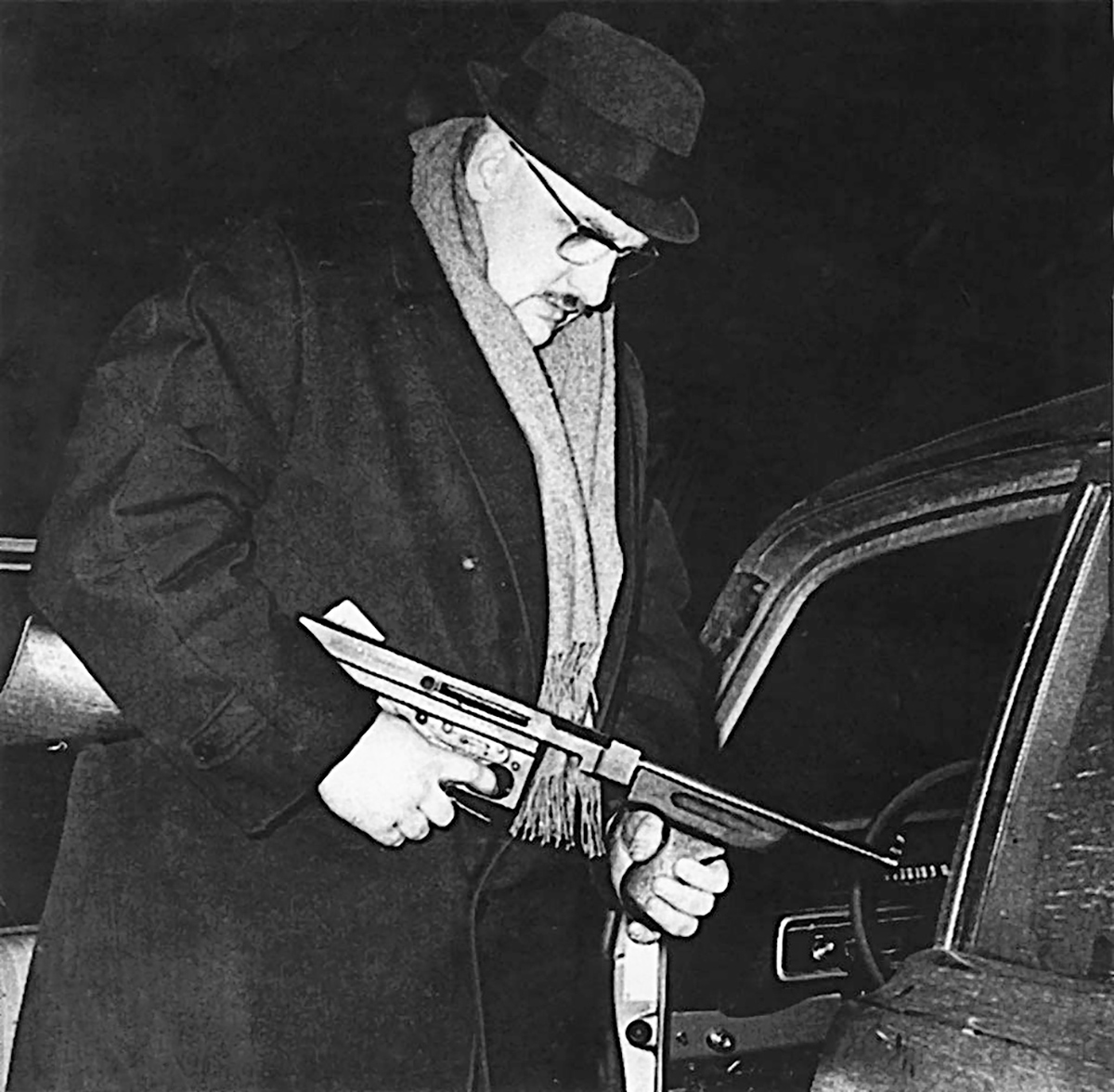
August 5, 2025
‘Little Albert’ and some of my other ‘fave’ journalism pieces now being made available free of charge to our BestStory.ca readers
READ NOTE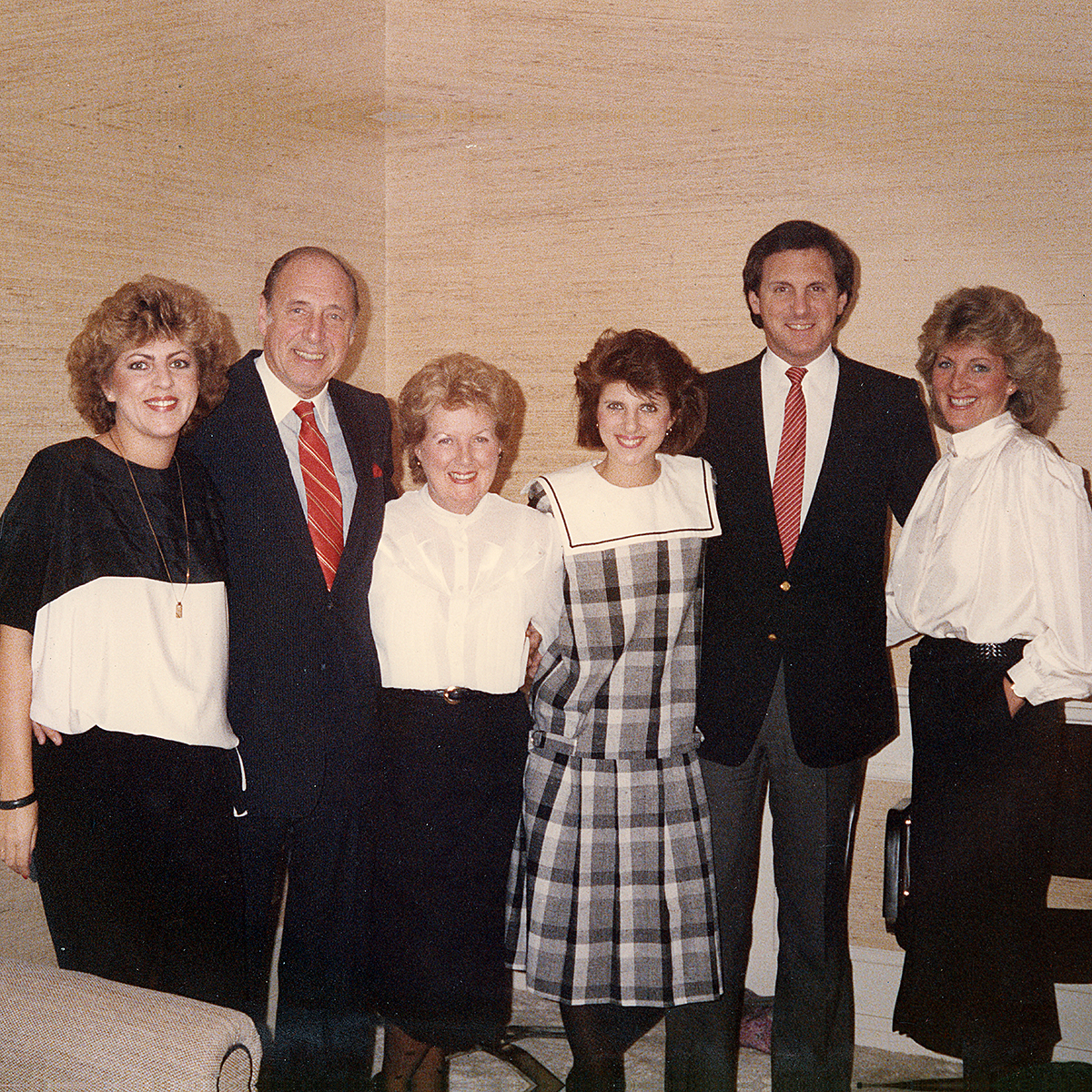
July 25, 2025
How the son of a media giant forged his own path as an ABC News correspondent
READ NOTE

february 5, 2025
No matter the season, Stuart Nulman is always ready for a travel adventure!
READ NOTE
September 19, 2024
The chicken or the egg? How the Dingbat story and 2025 calendar came together
READ NOTE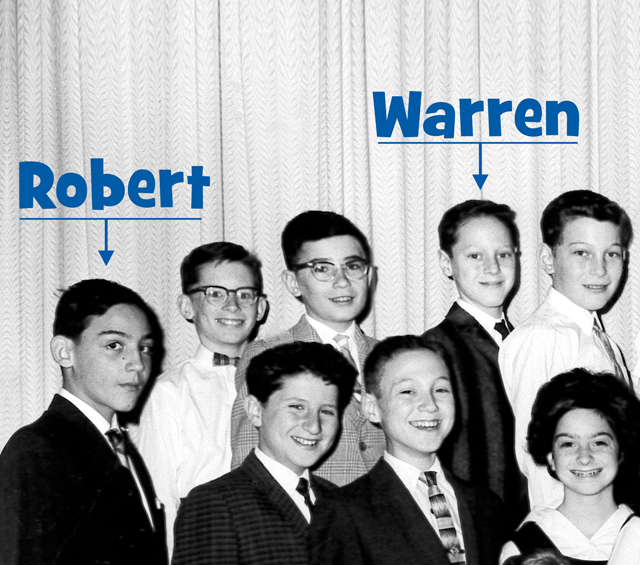
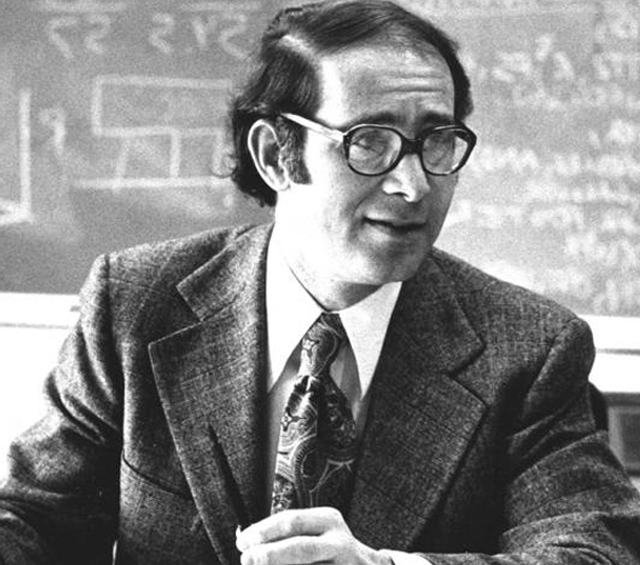
October 28, 2019
Little boy who escapes Nazi death machine grows up to be America’s Renaissance Man
READ NOTE
